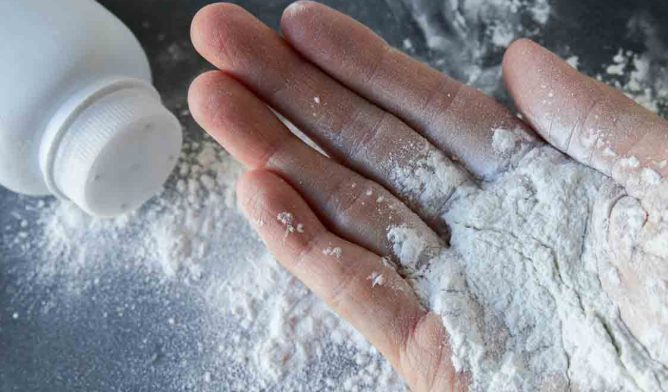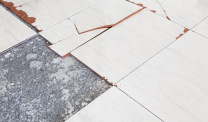FDA Moves Closer to Standardized Testing for Asbestos in Talc
Asbestos Exposure & BansWritten by Tim Povtak | Edited By Walter Pacheco

The U.S. Food and Drug Administration moved closer on Tuesday to formulating standardized testing of talc-based products for the presence of toxic asbestos fibers.
Experts from eight different federal agencies explained earlier recommendations at a day-long hearing. The session also featured input from 25 members of the public, which included industry representatives, consumer advocates and testing experts.
“Standards are needed,” said Dr. Paul Howard, FDA Office of Regulatory Science, during his presentation. “They just don’t exist at this time.”
Dr. Linda Katz, director of the FDA Office of Cosmetics and Color, said the next step will be producing a white paper after reviewing all recommendations as an authoritative guide on the issue.
“There are challenges in establishing the most suitable approach to testing for asbestos in cosmetic products,” Katz said. “We know there is confusing terminology. Data from different labs suffers from a lack of procedural standardization. There is a need for standardization.”
FDA Pushed by Recent Findings of Asbestos
This was the first official FDA hearing on asbestos in talc in almost 50 years.
The FDA has intensified its oversight efforts after finding traces of asbestos mixed with talc in several different cosmetics and powders in the last two years.
In October 2019, the agency found asbestos fibers in one bottle of Johnson’s Baby Powder, leading to a voluntary recall of the product.
Johnson & Johnson, though, hired an outside laboratory for further testing of the product — using the same bottle of powder — and found no asbestos.
The discrepancy of findings is not uncommon, stemming from a variety of factors, including the testing methods of the product. The recent recommendations, some of which reject long-held industry procedures, are designed to end those differences.
Johnson & Johnson, in a recent statement before Tuesday’s hearing, said it was encouraged by the FDA’s “thorough review of the most effective and reliable ways to test for asbestos in cosmetic talc.”
FDA Has Limited Authority
One of the problems is that the FDA currently has only limited authority over the cosmetics market.
Products do not have to be approved or undergo review before they go to market. They only have to be considered safe by company standards. Companies can use any number of testing methods.
The problem originates from the mining of talc, which often is found and mixed with asbestos deposits near the earth’s surface.
While talc is known as one of the world’s softest minerals — and used in myriad of consumer products — asbestos is toxic. Exposure to asbestos can cause serious health problems.
Johnson & Johnson currently is facing more than 15,000 lawsuits stemming from consumers who believe its talc products have caused their cancers, including ovarian cancer, lung cancer and mesothelioma.
Standardizing Testing and Protocols
The Scientific Analytical Institute in Greensboro, North Carolina, last month uncovered asbestos-tainted talc in a children’s makeup kit marketed by IQ Toys. The company quickly recalled the product, and the FDA is still investigating those findings.
Testing of the makeup product was commissioned by the Environmental Working Group, an advocacy group in Washington, D.C.
“It’s time to end the honor system that has failed us for so long,” Scott Farber, vice president of the Environmental Working Group, said during Tuesday’s hearing. “We’re calling to require companies to use the most state-of-the-art testing.”
The three most commonly used testing methods involve X-ray diffraction, polarized light microscopy or transmission electron microscopy. Experts discussed strengths and weaknesses of each method during the hearing.
Another topic discussed was the issue of identifying and quantifying elongate mineral particles, which have the same composition and structure as asbestos fibers.
The Interagency Working Group on Asbestos in Consumer Products, a task force of the multiple federal agencies, has recommended all be viewed as potentially harmful and banned alongside asbestos.
Some testing methods identify all elongate mineral particles as asbestos, while others do not, leading to the conflicting test results. Some have proven to be harmful, but others have not.
Other challenges include changing the size and consistency of what determines the presence of asbestos, the handling of samples, the chain of custody, management of documentation, and the expertise of those conducting the testing.
“Not everyone interprets fibers the same way,” Katz said. “How fibers are characterized, counted and expressed in statistical terms is not standardized now.”






